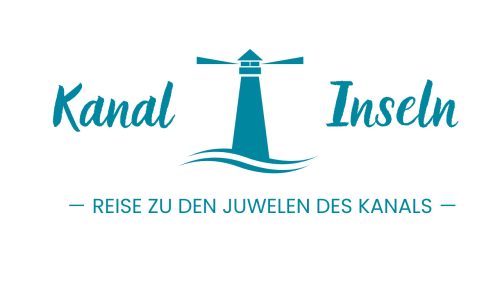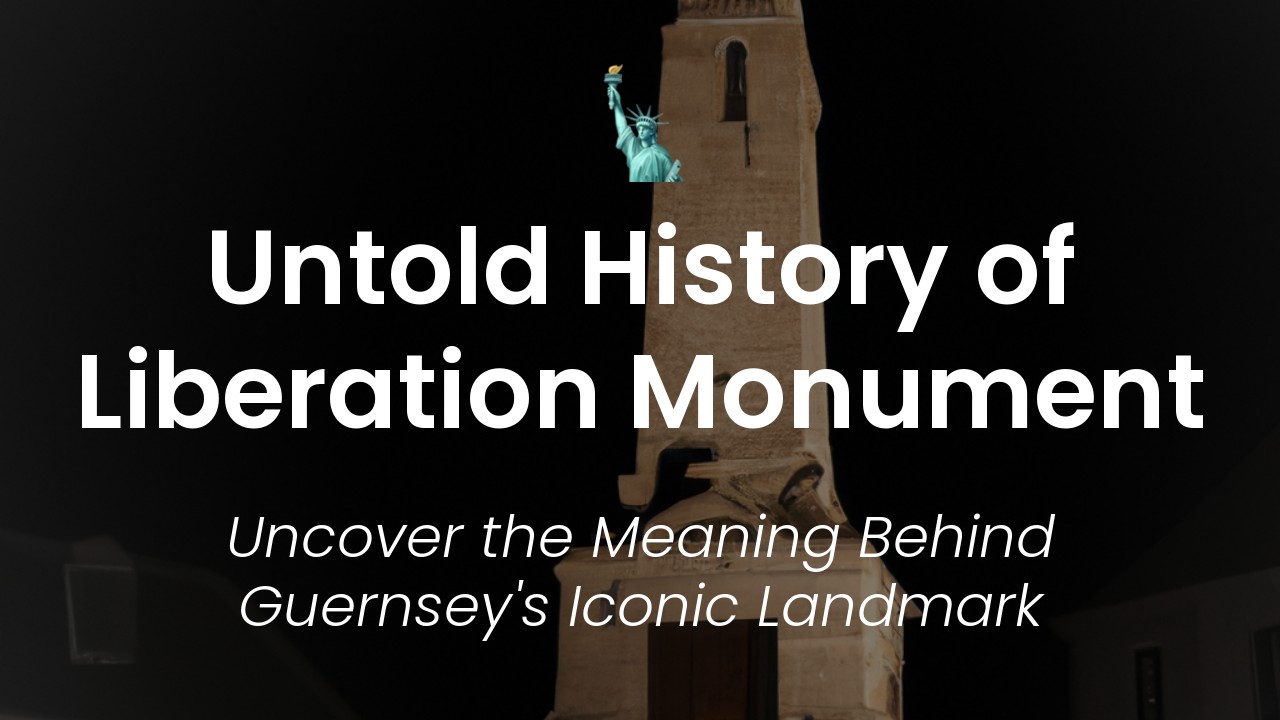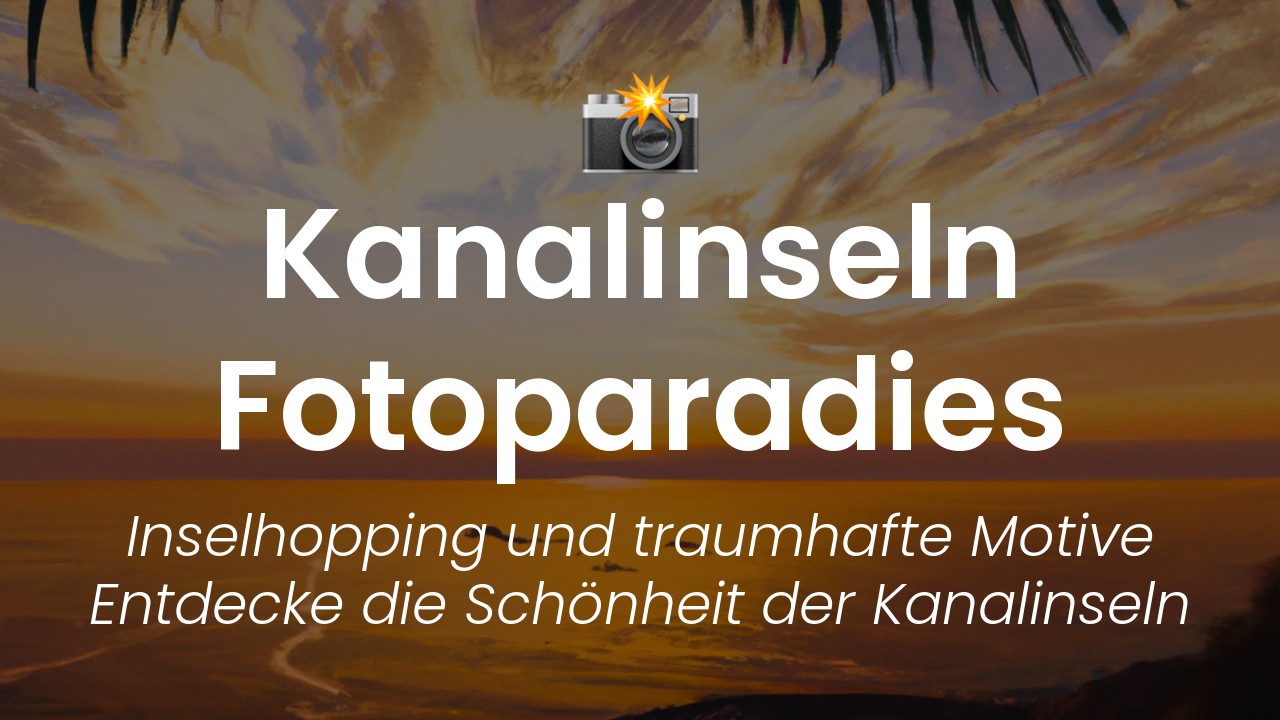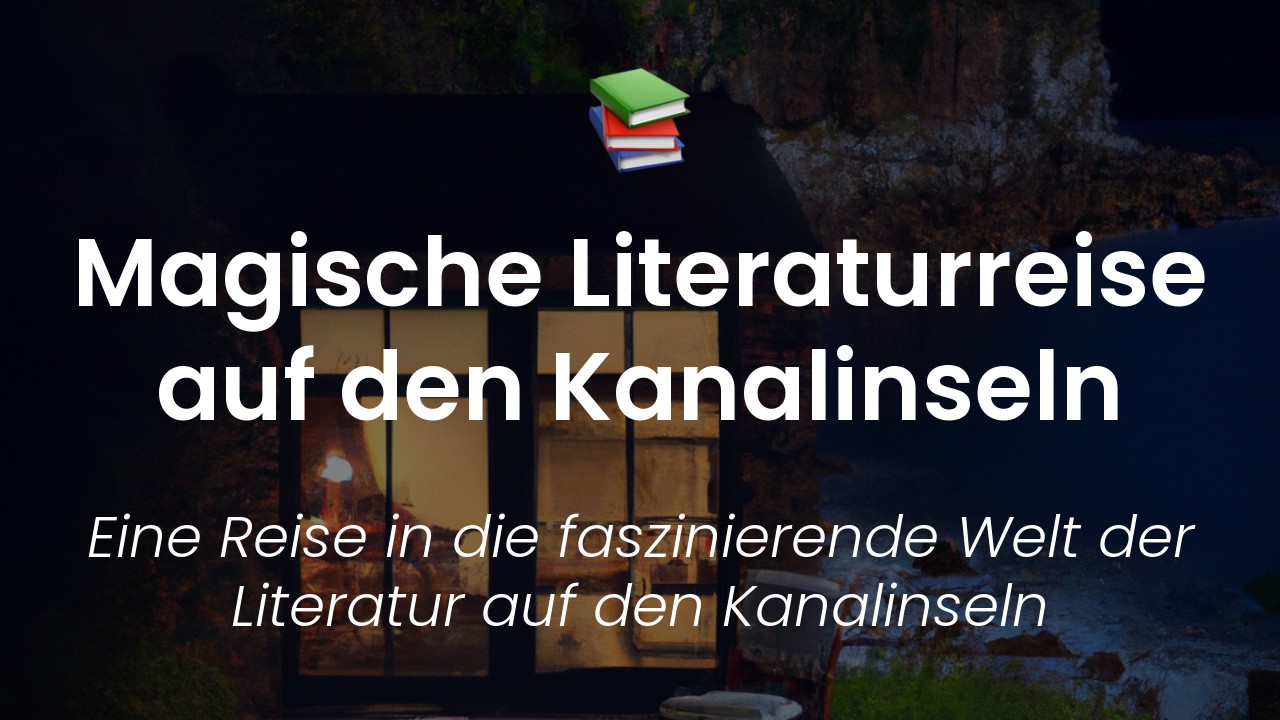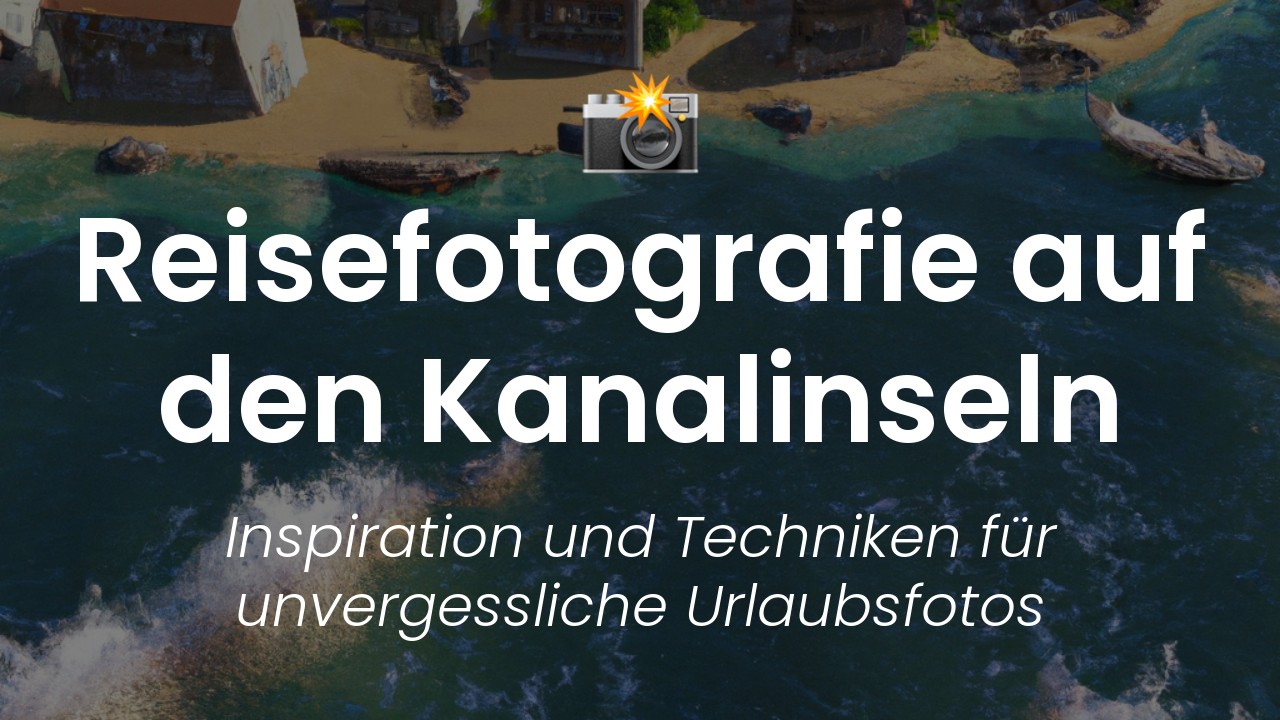Wenn du die Insel Guernsey besuchst, gibt es keine bessere Möglichkeit, die Geschichte des Zweiten Weltkriegs hautnah zu erleben, als die verschiedenen Gedenkstätten und Monumente zu besuchen, die immer noch präsent sind, um uns an die Bedeutung des Friedens und der Freiheit zu erinnern. Eine dieser Gedenkstätten ist das [Liberation Monument](), welches 1995 zu Ehren der Befreiung der Insel im Jahr 1945 erbaut wurde.
Das Monument befindet sich am St. Peter Port Harbor und ist das erste, was man sieht, wenn man in der Stadt ankommt, es ist ein beeindruckender und aufregender Anblick.
Der Zweite Weltkrieg hat in Europa viele Narben hinterlassen, aber es gibt keine bessere Möglichkeit, die Geschichte zu reflektieren, als auf den Kanalinseln, wo die Auswirkungen besonders schwerwiegend waren. Das [Liberation Monument]() ist nur eine von vielen Gedenkstätten, die an die Ereignisse erinnern, die sich während des Krieges auf den Kanalinseln ereignet haben.
Wenn du dich für die Geschichte der Kanalinseln und des Zweiten Weltkriegs interessierst, gibt es viele andere Orte, die du in Guernsey besuchen solltest. Zum Beispiel gibt es das [Guernsey Occupation Tapestry](), ein Handwerk, welches von der Bevölkerung geschaffen wurde, um ihre Erfahrungen während der Besatzung zu teilen. Es gibt auch die [Candie Gardens](), die aufgrund ihrer Lage unglaubliche Ansichten von der Insel bieten und eine Geschichte des Zweiten Weltkriegs bieten.
Ein weiteres Denkmal, das man nicht verpassen sollte, ist das [Battle of Jersey Monument](), das die Teilnehmer der letzten Invasion darstellt, die auf britischen Boden stattgefunden hat. Die Statue befindet sich auf der Spitze eines Hügels und bietet einen unglaublichen Ausblick über das Meer und die Insel.
Egal, welche dieser Orte du auf deiner Reise besuchst, du wirst von der Geschichte und Bedeutung jedes einzelnen Ortes beeindruckt sein. Durch die Besichtigung dieser Denkmäler wirst du von der Stärke und Reife, die die Inselbewohner in einer schwierigen Zeit bewiesen haben, tief beeindruckt sein.
The Origins of Liberation Monument in Guernsey
Guernsey was one of the few places in the United Kingdom that was occupied by the German army during World War II. The occupation lasted from 1940 to 1945, and it was a dark period in Guernsey's history. The islanders, who were mostly British citizens, were forced to endure years of hardship and suffering under the German rule. However, on 9th May 1945, the Germans surrendered, and the islanders were finally liberated. The end of the occupation marked the beginning of a new era for Guernsey, and it was a momentous occasion that the islanders would never forget.
The monument was built in 1995 to commemorate the 50th anniversary of the island's liberation.
The End of German Occupation and the Monument's Significance
The end of the German occupation was a significant event in Guernsey's history. The islanders had endured years of hardship and suffering, and they had been forced to live under the German rule. However, on 9th May 1945, the Germans surrendered, and the island was finally liberated. The end of the occupation was a momentous occasion, and it marked the beginning of a new era for Guernsey.
The monument symbolizes the end of the German occupation and the liberation of Guernsey.
The Design of Liberation Monument and its Symbolism
The monument was designed by Peter Elliott, a renowned British architect. It is an abstract sculpture that stands 12 meters tall and is made of polished granite. The monument consists of three elements: a tall column, a horizontal slab, and a bronze sculpture.
The column symbolizes the passage of time, and it represents the five years of German occupation. The horizontal slab represents the liberation of Guernsey, and it is inscribed with the words "Liberation Year 1945". The bronze sculpture at the top of the column represents the new beginning for Guernsey, and it shows a young, energetic figure leaping forward.
The monument's design is simple yet powerful, and it effectively conveys the message of freedom and liberation.
Unveiling and Dedication of the Monument
The monument was unveiled on 9th May 1995, the 50th anniversary of Guernsey's liberation. The unveiling ceremony was a momentous occasion, and it was attended by many dignitaries and local residents. The ceremony included a parade, a wreath-laying ceremony, and a fly-past by the Royal Air Force.
The monument was dedicated to the people of Guernsey, and it was a fitting tribute to their courage and resilience during the dark days of the occupation.
Controversy Surrounding the Monument's Location and Construction
The monument's location and construction were not without controversy. Some people felt that the monument should have been located closer to the seafront, where the actual liberation took place. Others criticized the decision to use granite, arguing that it was too cold and uninviting. Additionally, some people felt that the price tag of £600,000 was too high for a monument.
Despite the criticisms, the monument was built as planned, and it has become an iconic landmark in Guernsey.
Evolution of the Monument Over the Years
Since its unveiling in 1995, the monument has undergone some changes. In 2004, a bronze plaque was added to the base of the column, which lists the names of all 17 Guernsey residents who were killed during the occupation. Additionally, the surrounding area has been landscaped and improved, making the monument more accessible to visitors.
The monument has become a popular tourist attraction, and it is a constant reminder of the island's history and heritage.
Importance of Liberation Monument in Guernsey's History and Heritage
Liberation Monument is an essential part of Guernsey's history and heritage. It symbolizes the end of a dark period in the island's history, and it represents the courage and resilience of the islanders during a time of great adversity. The monument is also a reminder of the sacrifices made by those who fought for freedom and the importance of never forgetting the lessons of the past.
In conclusion, Liberation Monument is not just a simple sculpture, but it is a powerful symbol of freedom and liberation. As Guernsey moves forward into the future, the monument will continue to be a source of inspiration and pride for generations to come.
